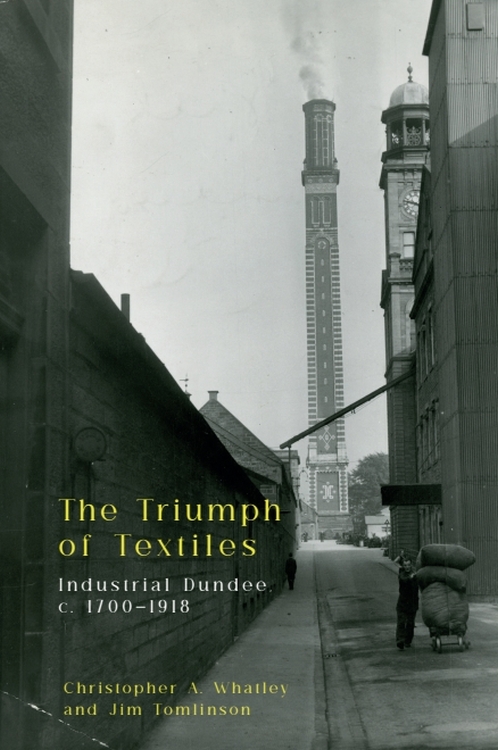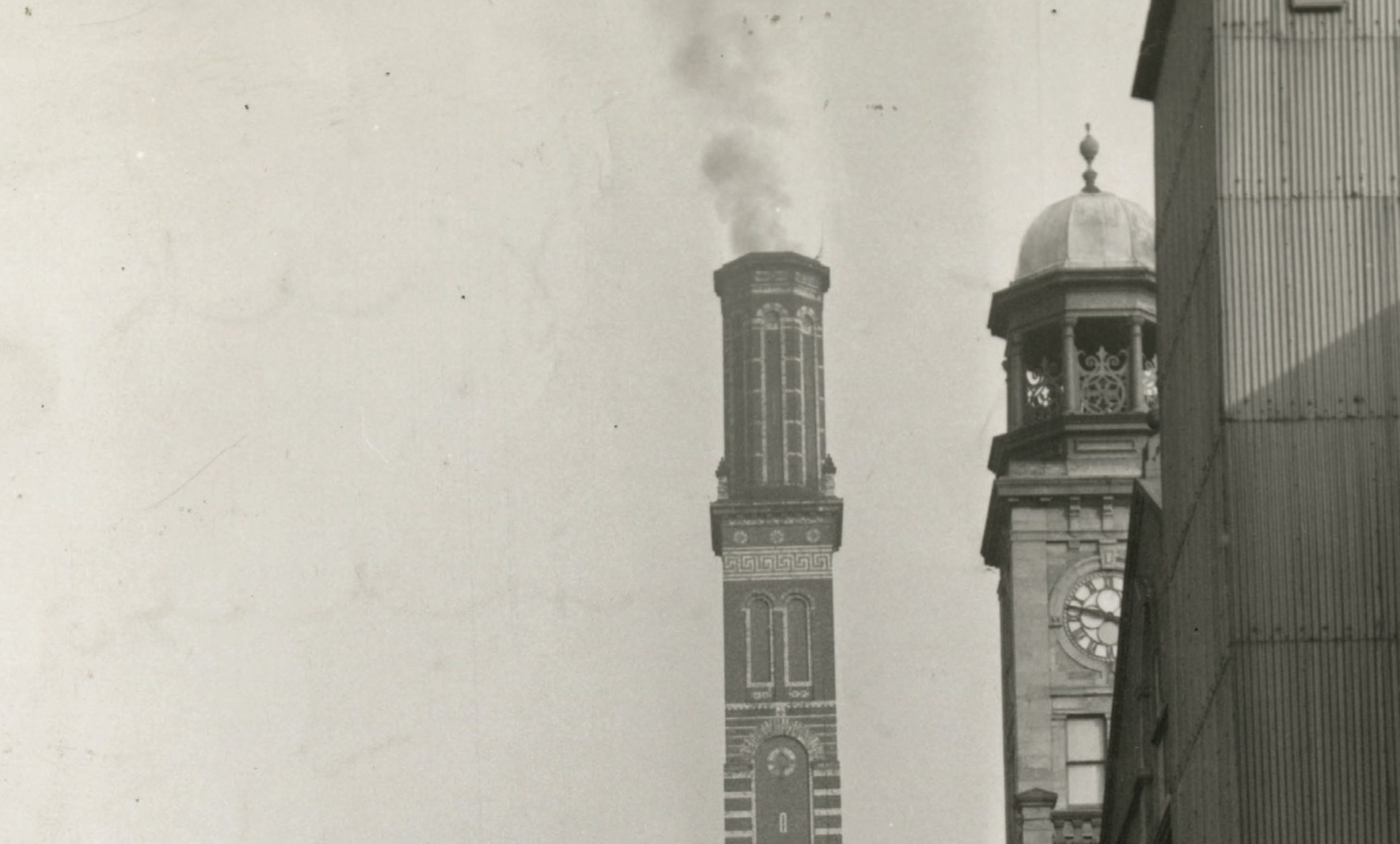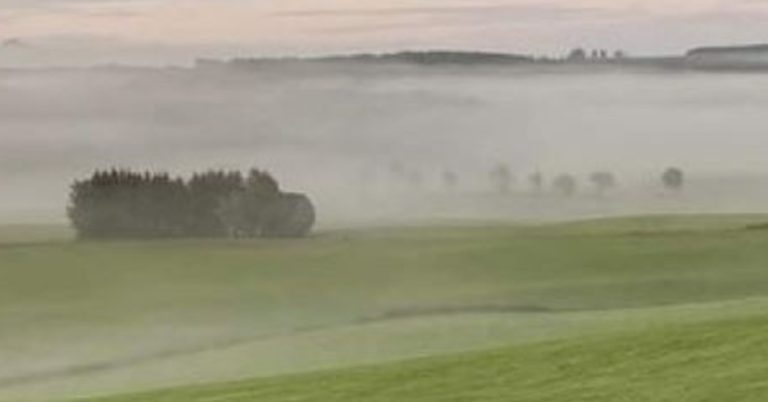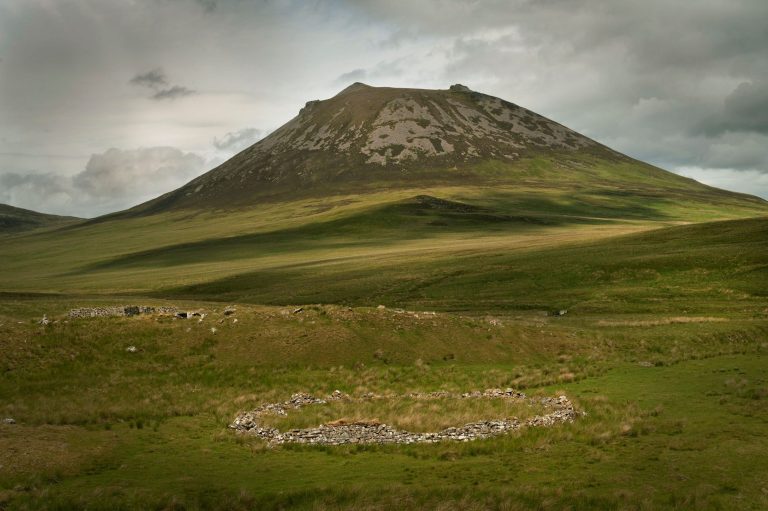
By Jim Tomlinson and Chris Whatley
Dundee has long been famous as ‘juteopolis’, a city historically dominated by the manufacture of jute products. The common view of the city is strongly affected by the decline of the jute industry, a long and painful episode that stretched through most of the 20th century. But the story of jute in Dundee is also one of dynamism, expansion and prosperity. And that prosperity was in turn strongly rooted in another textile industry, long pre-dating the arrival of jute.
Dundee’s emergence as one of the UK’s leading textile towns depended on flax and linen. Indeed, as late as the 1860s Dundee was hailed as the country’s leading linen manufacturing centre. Baxter Brothers’ Dens Works, where linen cloth (as well as high grade, Admiralty standard canvas) was made, was almost certainly the main linen producing concern in the UK. Jute’s ascendancy in Dundee came later than many historians have asserted, though when it did, it was hugely successful and undoubtedly dominated the city’s economic and social life.
Carpets and whales
What may surprise people is the importance of carpet manufacture to Dundee. There may have been an over-emphasis in the literature on sacking and similar products. The Triumph of Textiles demonstrates the key role carpet and rug making played in the development of several leading companies, not least the Cox’s of Lochee. Dundee firms made – from flax, hemp and later jute – carpets and rugs that imitated the leading woollen products (Axminster, Brussels, etc.) and sold at much lower prices. Design was important in this regard with Dundee manufacturers responding to requests regarding colour, style, etc. from customers in London and elsewhere. Dundee’s rugs and carpets sold in vast quantities, purchased by middle- and lower-class consumers who wanted carpeting but at prices they could afford.
This finding has led us to challenge the notion that it was Dundee’s association with the whaling trade that enabled the move to jute. The ‘discovery’ of the use of whale oil as a softener when jute was first imported to Dundee was no such thing. First, whale oil had in fact been used to process flax. Second, there were other softeners – mineral oil for instance – which were used by flax and jute manufacturers in France. Third, the last thing that purchasers of Dundee-made carpets wanted was the noxious smell of whale oil in their living rooms – so for this purpose it wasn’t used. Whale oil is part of the Dundee story, but its significance has been exaggerated.
Empire
The Triumph of Textiles also places Dundee within the context of the British empire. In the eighteenth century, state subsidies of Scottish linen (Dundee and its region being the main beneficiary) were crucial, as was the difference these subsidies made in competing with German and other linens in the Caribbean and the southern states of North America, then British colonies. Although there is little or no evidence of direct Dundee involvement in the slave trade, Dundee merchants and manufacturers benefited indirectly from the demand for clothing and similar products in the slave plantations.
In the nineteenth century, Dundee’s turn to jute resulted from the activities (military and ‘scientific’) in India of the East India Company, with Calcutta the source of raw jute which was then processed and manufactured in Dundee.
Good and bad times
The Triumph of Textiles challenges some of the bleaker assessments of social conditions in 19th and early 20th century Dundee. Housing conditions were undoubtedly appalling for many, and industrial relations soured as money wages stagnated. However, real wages actually rose due to the fall in food prices from the 1870s. Prior to that, in the 1850s and 1860s, there are not only signs of prosperity amongst the working classes, but also of a degree of social harmony. This prosperity was linked to the rapid expansion of the textile industry leading to labour shortages – which drove up money wages in that time. Earlier, in the 1830s and 1840s, the rate of migration to Dundee was as high as anywhere in Scotland, indicating that the city was an attractive destination. This was particularly true for the Irish, who were drawn by the prospect of regular employment and wages, and of life in the city as opposed to the countryside in Ireland, where housing conditions were wretched and work opportunities in domestic industry irregular.
The culmination
The First World War marked the culmination of Dundee’s life as a textile city. As always, war unleashed demand for Dundee’s basic products, particularly sandbags for the trenches. For the jute owners this meant high profits, and the wartime boom, coupled with the recruitment of male workers into the army, drew even more women into the jute labour force. While the epithet ‘women’s town’ never really fit Dundee, wartime conditions did aid the growing public role of women in the city’s affairs, even before they gained the vote in 1918.
Featured image: front cover image from The Triumph of Textiles, View of ‘Cox’s Stack’, © D. C. Thomson & Co. Ltd

About the Book
The Triumph of Textiles describes and reassesses the long-term industrial development of Dundee, emphasising the ever-shifting dynamics of textile production in shaping the city’s history.
Drawing on much original material, it identifies and celebrates the reasons – including people and market-winning products – for Dundee’s triumph in coarse textiles.
About the Authors
Chris Whatley is Emeritus Professor of Scottish History at Dundee University.
Jim Tomlinson is Emeritus Professor of Economic and Social History at the University of Glasgow.
Explore related articles on the EUP blog
Scottish Diaspora Virtual Issue
Georgian Glasgow: Five Sites of a Forgotten Time
Threads that Bind: Women and their Clothing in Sixteenth-Century Scotland
Making the News – A History of Scottish Newspapers





